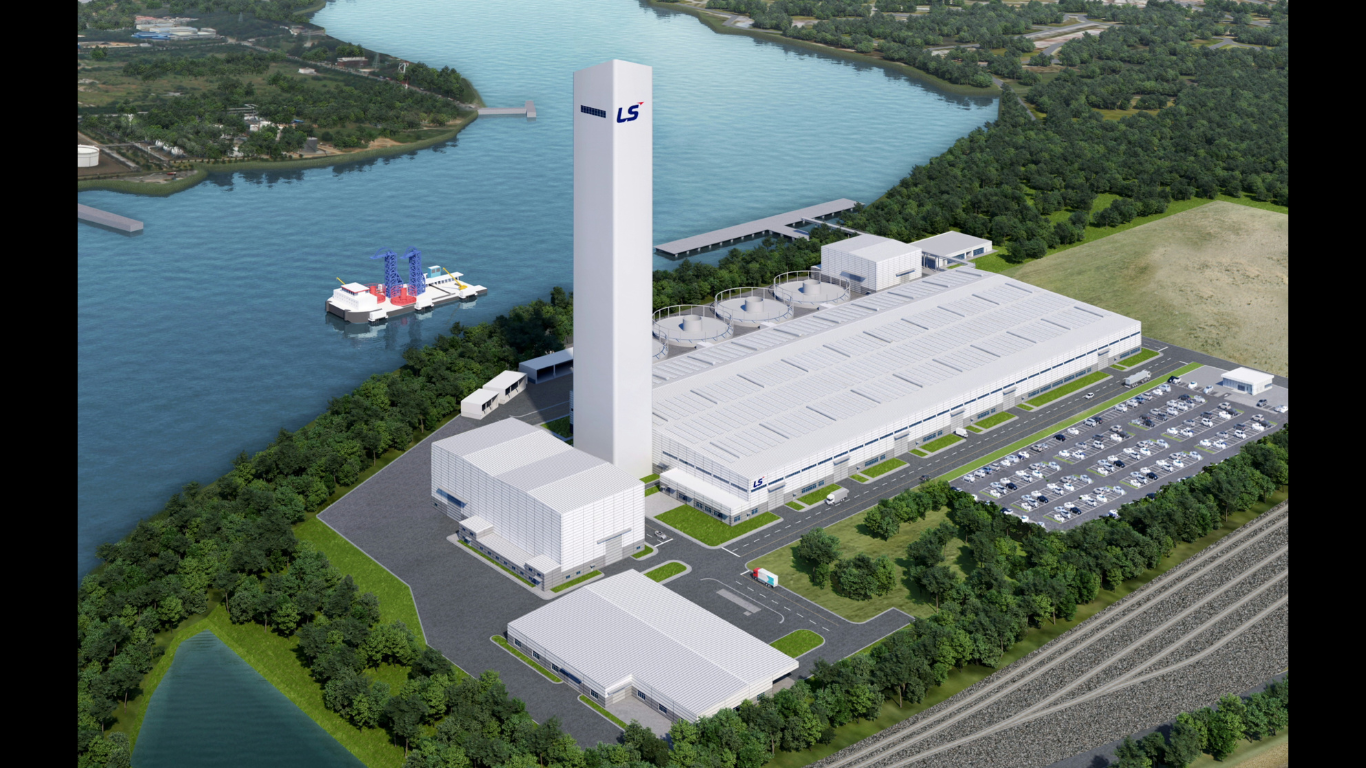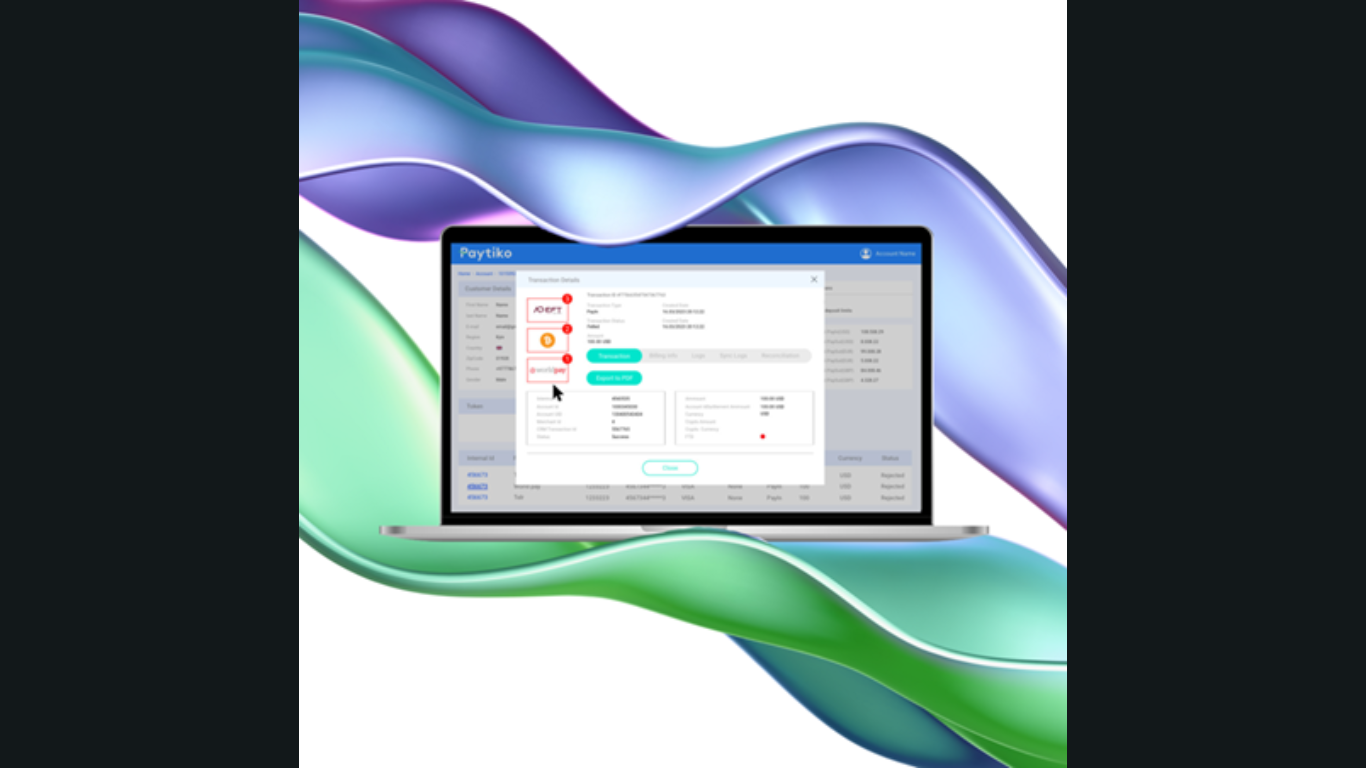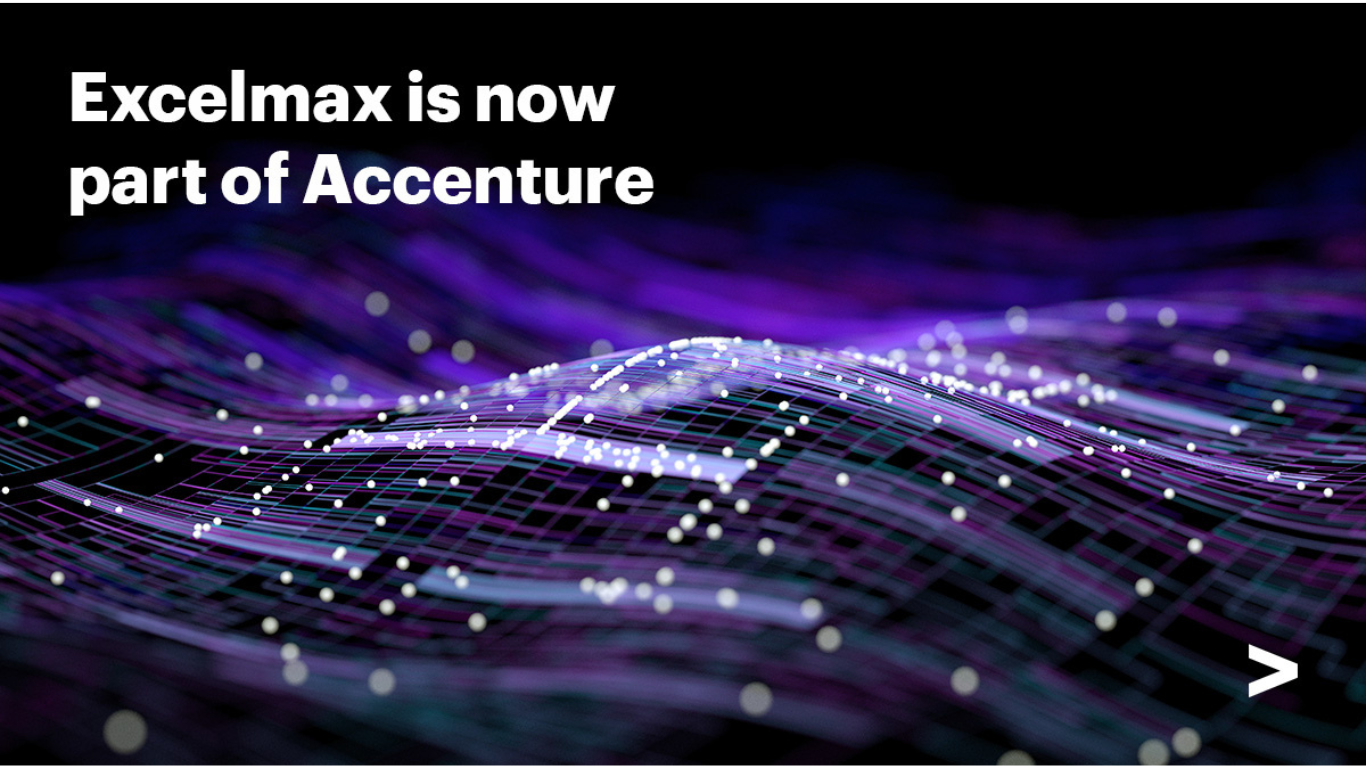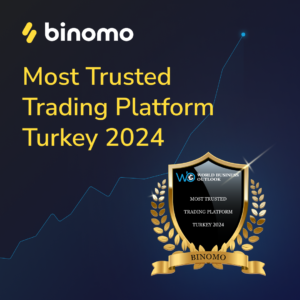The urgency of accelerating digitalisation as an impact of the pandemic has ushered in the need for organisations across most industries to adopt a hybrid work model where employees have better flexibility on where and how they prefer to work. McKinsey and Company recently estimated that businesses’ share of digital or digitally enabled products in their portfolios has accelerated by seven years in just a few months during the pandemic.
The changing model of the workplace has recently directed the spotlight to edge computing. It has become quite a buzzword across different industries that worldwide spending on this technology is expected to reach up to $250.6 billion by 2024. It is also estimated that the total number of edge sites will grow a tumultuous 226% from 2019 to 2025. Edge computing is seen to significantly change how new technologies, including IoT, artificial intelligence and augmented reality, operate.
Simply put, edge computing refers to the compute and storage that sits between centralized data centers and the end-users, device, or source of data. The edge is where processing is done–closer to the user and in real-time to reduce response time and bandwidth usage. For many, edge computing is an alternative to the cloud and central data centers whenever they cannot meet latency requirements or are too expensive to deliver higher volumes of services over long distances. However, in actuality, an edge site is a driver for cloud adoption. It can serve as a venue to store data that will then be directed to the cloud for processing, storage or long-term analysis.
Early adopters are already witnessing the convenience and benefits of computing at the edge. They are already implementing innovative solutions and have moved past the proof-of-concept and initial pilot stages towards multi-site deployment at scale. In addition to improving IT infrastructure efficiency, organisations can also leverage edge computing strategically to rise above issues concerning data security and reliability. For instance, should data centers be targeted for cyber attacks, splitting up the core to multiple edge sites may significantly reduce the threat of simultaneous denial of service. Because edge computing is distributed in nature, it requires a network of players with the reach and capability to deploy, service and support edge infrastructure.
In Southeast Asia, Vertiv is seeing exciting development in edge deployment in enterprises, especially in the manufacturing sector, which focuses on increasing and optimising productivity. With the discussions about edge computing circulating the region, there is an evident potential for the maturity of the ecosystem, entering and influencing industries.
To help industries adopt edge computing, Vertiv has created an innovative framework that categorises the edge infrastructure into specific models, providing organisations a better understanding of each physical form of edge deployment. This will allow them to formulate the right decisions when deploying computing at the edge. The four edge infrastructure models are:
- Device Edge – the compute is either built into the device (like a smart video camera with artificial intelligence capabilities) or is an add-on edge directly attached to the device (like a Raspberry Pi computer attached to an automated guided vehicle). Use cases that leverage Device Edge include those in healthcare, manufacturing, retail and smart cities.
- Micro Edge – a small, standalone solution that is often deployed at the site, carrying two to four server racks. It can be deployed both in conditioned and unconditioned environments. It has been mainly adopted in retail, education, manufacturing, telecoms, healthcare, and smart cities.
- Distributed Edge Data Center – a small data center with up to 20 racks located at the enterprise sites, such as modern factories or large commercial properties. Distributed Edge Data Center are most usually used in manufacturing, telecoms, healthcare, smart cities, and retail.
- Regional Edge Data Center – a data center facility that is purpose-built to host compute infrastructure and is located outside core data center. It shares many features with hyperscale data centers, like its high security and reliability and ability to be conditioned and controlled. Retail, manufacturing and smart cities often use this model.
As businesses’ technological demands continue to rise alongside their growing IT footprint, IT leaders must explore different ways to approach IT management, which ranges from network and server closets to micro and modular data centers. Although it remains a complicated topic across industries, edge computing possesses immense potential. To put innovation and efficiency at the core of business transformation, organisations must harness its capabilities that provide a robust, scalable solution that will help monitor and control the entire IT infrastructure remotely, efficiently securely.
Edge computing is here, and the race to its adoption has become a sprint. Through the visibility and automated processes of the centralised, open-source tool, organisations can streamline IT management, strengthen security, support users and provide the uptime and responsiveness the business requires. The possibilities are limitless. There is no better time to explore the technology than now.
Received from Press Release





















































